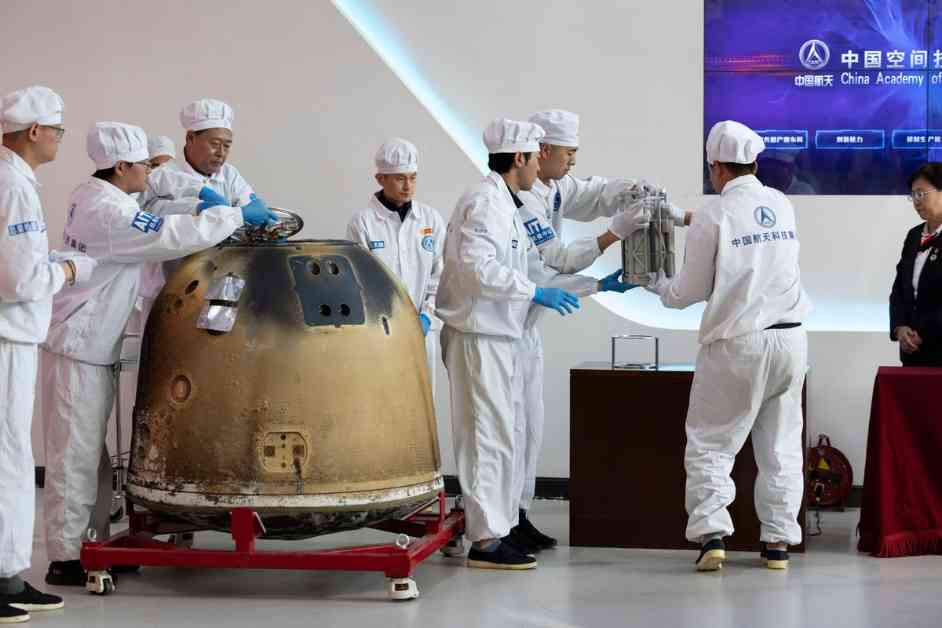Samples collected from the far side of the moon by China’s Chang’e-6 mission have provided scientists with a unique glimpse into the lunar history. These rocks, which were brought back to Earth in June, reveal a long history of volcanic activity that dates back billions of years.
The findings from the Chinese mission have been published in separate papers in Science and Nature by independent research teams in China. According to Qiu-Li Li, a researcher at the Chinese Academy of Sciences, the samples show evidence of a long history of volcanism and different mantle sources on the far side of the moon.
Chang’e-6, China’s second mission to land on the lunar far side after Chang’e-4 in 2019, landed in the South Pole–Aitken Basin, one of the Moon’s oldest and largest craters. The researchers discovered that the dust collected from the lunar surface contained grains from different geological epochs, ranging in size from one to hundreds of micrometres. This dust is formed when rocks are broken up by micrometeorite impacts and high-energy solar particles, allowing them to travel through space and land elsewhere without an atmosphere to impede their movement.
By analyzing the isotope abundances in the dust grains, scientists were able to determine that some of the grains were from lava that erupted around 2.83 billion years ago. The research team also found lava grains dating back as far as 4.2 billion years, indicating that the Moon had active volcanism for billions of years before transitioning to its current inactive state.
Overall, these findings provide valuable insights into the geological history of the moon and shed light on the processes that shaped its surface over billions of years. The information gathered from these lunar samples will contribute to our understanding of the formation and evolution of the moon, as well as the broader history of our solar system.










